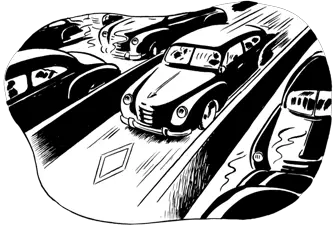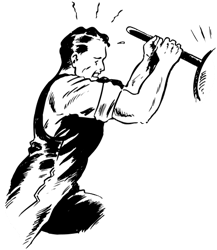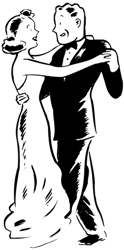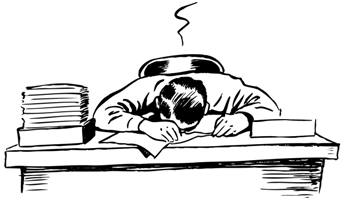Past Perfect Progressive Tense
Past Perfect Progressive is not a very common tense in English. But you should know it well, and understand it when it is used.
Click Here for Step-by-Step Rules, Stories and Exercises to Practice All English Tenses
What's next?
How do We Use the this Tense?
PERFECT here means "complete, finished".The Past Perfect Progressive is a form of the verb that shows the action started in the past and continued up until another time or action in the past.
It does not mean the action was "perfect" (100%). It means the action was finished.
Here
are the
different usages of this tense:
For example: Sam had been driving all night before he reached home.
The action closest to the present is in the Simple Past, and the action that came before it is in the Past Perfect Progressive.
Make sure you
also read:
An action that started in the past,
and continued up until another time
or action in the past
(The verbs are
in bold)
He had been driving
for hours before he arrived.

He had been carrying
that computer for an hour before he put it down.

He had been fighting
with that machine
for a long time until the mechanic arrived.


They danced so nicely because they had been practicing.

He had been exercising so he could lift it easily.

He fell asleep because he
had been working all night.

Examples of
Typical Time Expressions
- For
- Since
- All morning
- All day

What's Next?
Get Updates, Special Offers, and English Resources
Download your FREE GIFT (the first two chapters of
English Short Stories Book and Workbook)
as soon as you join!

By submitting your email, you consent to receiving updates and newsletters from us and to the sharing of your personal data with third parties for the purposes of sending you communications. We will not spam you. You can unsubscribe at any time. For more information, please see our privacy policy.





